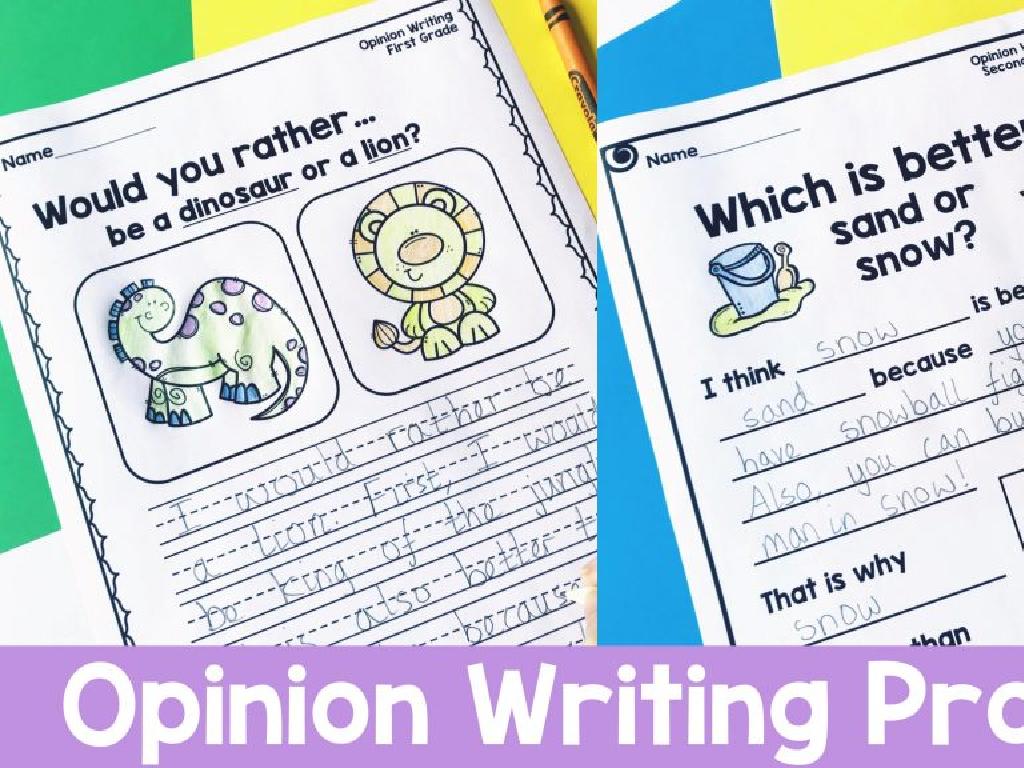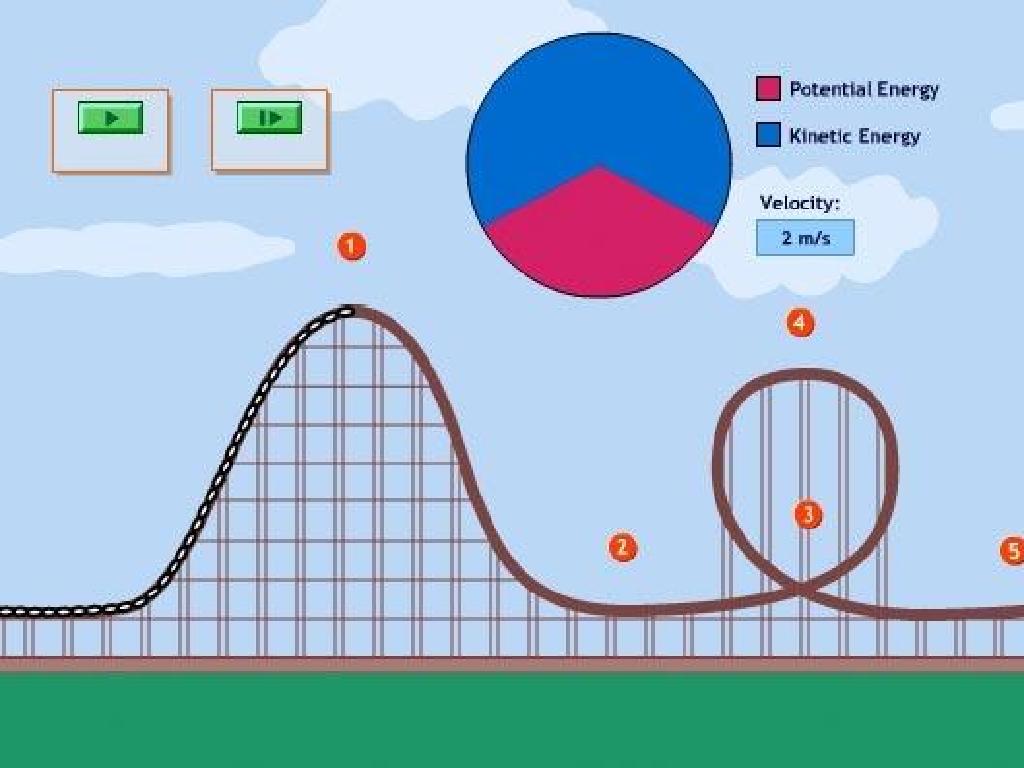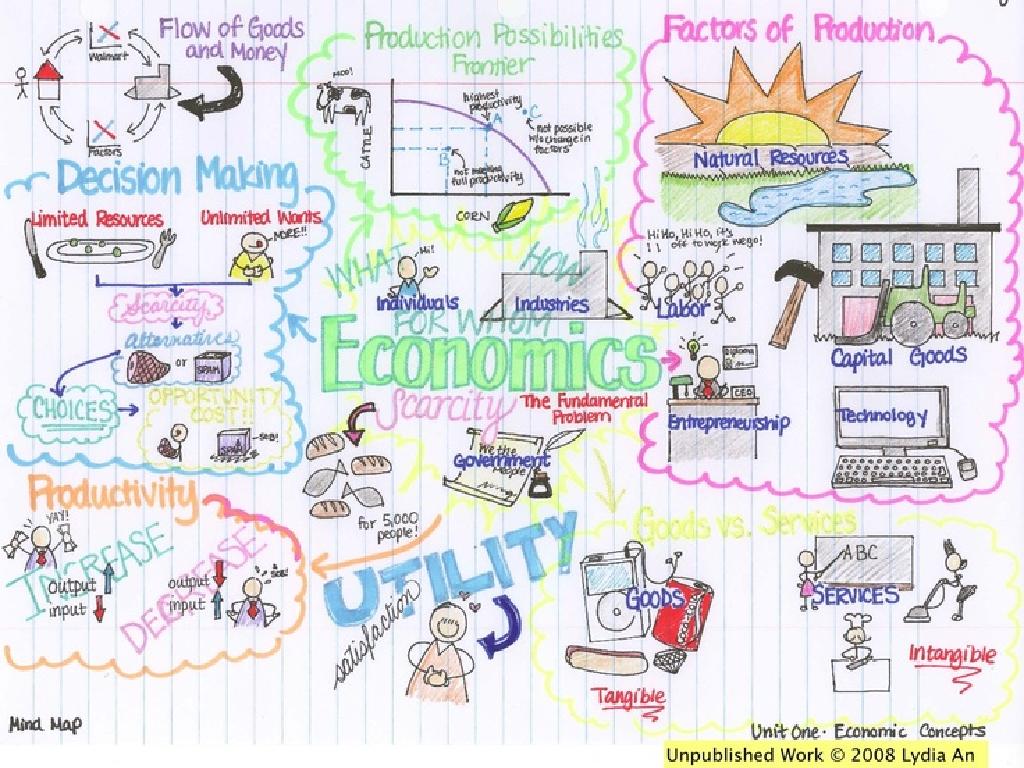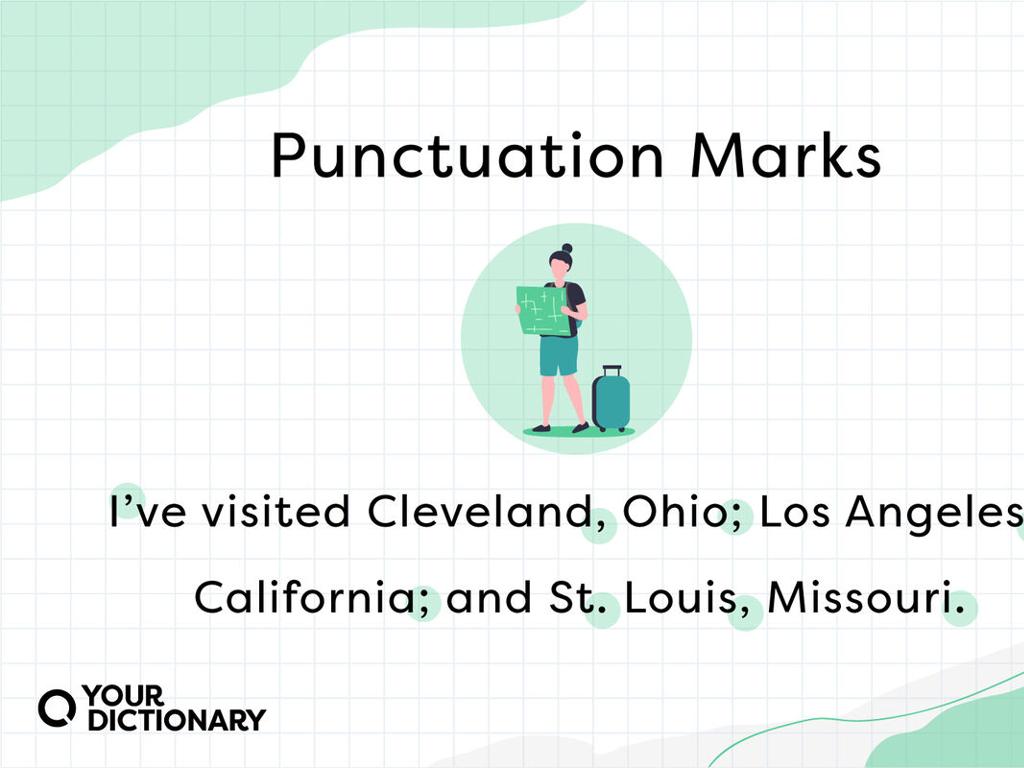Multiply Fractions And Mixed Numbers: Word Problems
Subject: Math
Grade: Seventh grade
Topic: Operations With Fractions
Please LOG IN to download the presentation. Access is available to registered users only.
View More Content
Multiplying Fractions & Mixed Numbers
– What are fractions?
– Fractions represent parts of a whole
– Multiplying fractions step-by-step
– Multiply numerators, then denominators
– Mixed numbers multiplication
– Convert to improper fractions, multiply, then simplify
– Fractions in real-life scenarios
– Used in cooking, crafting, and more
|
Begin the lesson by explaining the concept of fractions as parts of a whole, ensuring students understand numerator and denominator. Demonstrate the process of multiplying fractions by multiplying the numerators to get the new numerator and the denominators for the new denominator. For mixed numbers, guide students through the process of converting them to improper fractions before multiplying. Emphasize the importance of simplifying the result. Highlight real-life applications of multiplying fractions, such as doubling a recipe or dividing a piece of construction material. Provide examples and encourage students to think of other scenarios where they might use this skill. This will help them understand the practicality and relevance of the lesson.
Recap: Fractions & Mixed Numbers
– A fraction represents a part of a whole
– A mixed number combines a whole number and a fraction
– Numerators and denominators explained
– Numerator: number above the line, Denominator: number below
– Practice with examples
– Solve problems using fractions and mixed numbers
|
This slide is a quick refresher on the basic concepts of fractions and mixed numbers, aimed at preparing students for word problems involving these concepts. A fraction is a way to represent a part of a whole, with the numerator indicating how many parts we have and the denominator indicating how many equal parts the whole is divided into. A mixed number is a combination of a whole number and a fraction, representing a value greater than one. It’s crucial for students to understand these elements to successfully multiply fractions and mixed numbers. Provide examples to illustrate these concepts and include practice problems to help students apply what they’ve learned.
Multiplying Fractions – Step by Step
– Step 1: Multiply the top numbers
– If we have 2/3 x 4/5, we multiply 2 (numerator) by 4 (numerator).
– Step 2: Multiply the bottom numbers
– Continuing the example, we multiply 3 (denominator) by 5 (denominator).
– Simplify the fraction if needed
– After multiplying, we check if the fraction can be reduced to its simplest form.
– Practice with word problems
– Apply these steps to solve real-life problems involving fractions.
|
This slide outlines the process of multiplying fractions in a step-by-step manner, which is a key skill in 7th-grade math. Start by multiplying the numerators (top numbers) to get the new numerator. Then, multiply the denominators (bottom numbers) to get the new denominator. After multiplication, it’s important to simplify the fraction to its lowest terms if possible. To reinforce this concept, students should practice with word problems that require them to apply these steps. For example, if a recipe needs 2/3 of a cup of sugar and you are making 4/5 of the recipe, how much sugar is needed? The answer involves multiplying the fractions and simplifying the result.
Multiplying Mixed Numbers
– Convert mixed to improper fractions
– Change a mixed number to an improper fraction before multiplying
– Follow fraction multiplication steps
– Multiply the numerators, then the denominators
– Convert back to mixed numbers
– If the answer is improper, change it back to a mixed number
– Practice with word problems
– Apply these steps to solve real-world problems
|
This slide is aimed at teaching students the process of multiplying mixed numbers by first converting them to improper fractions. Emphasize the importance of understanding each step to ensure accuracy. After the multiplication, if the result is an improper fraction, students should convert it back to a mixed number. This is crucial for providing answers in the simplest form. To reinforce the concept, incorporate word problems that require these steps. This will help students apply what they’ve learned to real-life scenarios, enhancing their problem-solving skills. Encourage students to work through examples in class and provide several practice problems for homework.
Multiplying Fractions: Word Problem Strategies
– Carefully read the problem
– Understand what the problem asks
– Find fractions or mixed numbers
– Look for numerical and written fractions
– Visualize with drawings/models
– Draw a picture or use objects to represent the problem
– Solve & check your answer
– Use multiplication and simplify, then verify if the solution makes sense
|
This slide is aimed at providing students with a structured approach to solving word problems involving the multiplication of fractions and mixed numbers. Emphasize the importance of reading the problem thoroughly to understand what is being asked. Students should identify all the fractions or mixed numbers involved in the problem. Encourage them to visualize the problem by drawing a diagram or using physical models, which can make abstract concepts more concrete. After solving the problem, students should check their answers to ensure they make sense in the context of the problem. Provide several practice problems for students to apply these strategies, and discuss different visualization techniques that can be used for various types of problems.
Adding Fractions: Baking with Sarah
– Understand the problem context
– Sarah used 2/3 cup for cake, 3/4 cup for cookies.
– Visualize the fractions
– Imagine filling 2/3 and 3/4 of a measuring cup.
– Calculate total flour used
– Add 2/3 and 3/4 to find total flour.
– Discuss the solution
|
This slide introduces a practical application of adding fractions through a word problem involving baking. Students should first understand the context of the problem, recognizing that Sarah is using fractions of a cup for two different purposes. Encourage them to visualize the fractions, perhaps by drawing or using fraction models. Then, guide them through the process of adding the two fractions, finding a common denominator, and combining them to find the total amount of flour used. After solving, discuss the solution and the steps taken to reach it. This reinforces the concept of adding fractions and provides a relatable scenario to help students grasp the material.
Fraction Multiplication: Word Problems
– Recipe adjustment with fractions
– For 1/3 recipe, multiply 1/2 tsp salt by 1/3
– Daily running distance over a week
– Multiply 3/4 mile by 5/6 week to find total miles
|
This slide presents two practice problems to help students apply their knowledge of multiplying fractions and mixed numbers in real-world scenarios. For the first problem, students will adjust a recipe by finding how much salt is needed for a fraction of the original recipe. This requires multiplying two fractions. In the second problem, students will calculate the total distance John ran by multiplying the daily distance by the fraction of the week he ran. Encourage students to visualize the problems and write down the multiplication steps. Possible activities include having students create their own word problems or work in pairs to solve additional problems. Emphasize the importance of understanding the context to correctly set up the multiplication of fractions.
Class Activity: Multiplying Fractions
– Pair up for fraction multiplication
– Solve 5 word problems together
– Problems involve multiplying fractions and mixed numbers
– Discuss solutions with the class
– Reflect on effective strategies
– Consider drawing models, simplifying first, or cross-cancelling
|
This activity is designed to promote collaborative learning and problem-solving skills. Students should be paired up to encourage teamwork. Provide them with five diverse word problems that require multiplying fractions and mixed numbers. After solving, each pair will share their solutions and the methods they used with the class, fostering a learning environment where students can learn from each other. Encourage them to reflect on the strategies that worked best, such as drawing models to visualize the problem, simplifying fractions before multiplying, or using the cross-cancelling method to make calculations easier. This reflection will help them identify effective techniques for future problems. Possible activities could include real-life scenarios like doubling a recipe or calculating the area of a garden plot.
Wrapping Up: Fractions & Mixed Numbers
– Excellent progress in today’s lesson
– Homework: 10 word problem worksheet
– Practice multiplying fractions and mixed numbers with real-world scenarios
– Focus on multiplication application
– Next class: Dividing fractions & mixed numbers
|
Students have done a great job understanding how to multiply fractions and mixed numbers through word problems in today’s class. For homework, they are assigned a worksheet that contains 10 word problems to reinforce their learning. This will help them apply what they’ve learned in practical situations. In the next class, we will shift our focus to dividing fractions and mixed numbers, building on the knowledge from today’s lesson. Make sure to go through the homework problems in the next class and address any issues the students might have encountered.






